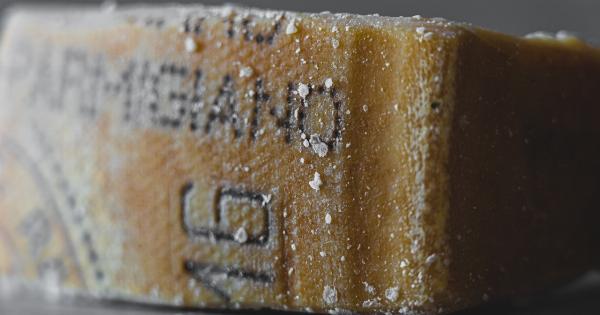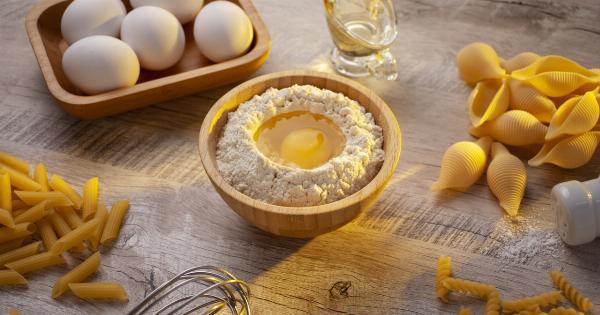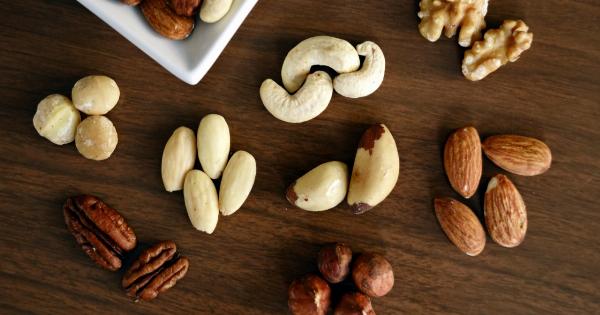Sodium, a mineral found in almost every food we eat, has been a hot topic in the nutrition world for decades.
While it’s an essential nutrient that helps regulate blood pressure and fluid balance in the body, too much of it can lead to high blood pressure, which can increase the risk of heart disease and stroke.
That’s why the U.S. government has been encouraging Americans to lower their sodium intake since the 1970s. And in 2010, the U.S.
Food and Drug Administration (FDA) issued voluntary guidelines for the food industry to reduce sodium in packaged and restaurant foods. Fast forward to 2021, and the government has just released updated sodium guidelines with even stricter recommendations.
What Are the New Sodium Guidelines?
The 2020-2025 Dietary Guidelines for Americans recommend that individuals consume less than 2,300 milligrams (mg) of sodium per day – which is equivalent to about one teaspoon of salt.
However, they also recommend that certain groups, including adults over the age of 50, African Americans, and those with high blood pressure, diabetes, or chronic kidney disease, aim for even lower sodium intake – specifically, less than 1,500 mg per day.
The updated guidelines also address sodium in specific food categories, recommending that packaged foods and restaurant meals have progressively lower sodium content over the next decade. For example:.
- Breads: Less than 230 mg per slice by 2023
- Cold cuts: Less than 1,020 mg per 100 grams by 2023
- Pizza: Less than 920 mg per serving by 2025
- Soups: Less than 650 mg per serving by 2023
The guidelines also call for increased efforts to educate consumers and raise awareness of the sodium content in foods.
This includes labeling and marketing changes to highlight lower-sodium options, as well as public education campaigns that emphasize the importance of reducing sodium intake.
Why Is Lowering Sodium Intake Important?
Americans consume more than the recommended daily limit of sodium. In fact, according to the CDC, the average adult consumes about 3,400 mg of sodium per day – almost 50% more than the recommended maximum.
This overconsumption has been linked to high blood pressure, which is a major risk factor for heart disease and stroke.
High blood pressure affects about one in three American adults and can lead to serious health complications if left untreated.
In addition to heart disease and stroke, high blood pressure can also cause kidney disease, vision loss, and cognitive decline.
Lowering sodium intake can help prevent high blood pressure and reduce the risk of these serious health problems.
But it’s not just individuals who need to make changes – the food industry can play a significant role in lowering sodium content in foods and making healthier options more accessible.
How Can You Reduce Your Sodium Intake?
Reducing sodium intake doesn’t have to mean giving up flavor. There are plenty of ways to add flavor to food without relying on salt. Here are some tips:.
- Use herbs and spices to add flavor to dishes instead of salt.
- Choose fresh or frozen fruits and vegetables instead of canned, which are often high in sodium.
- When cooking at home, avoid using salt and try using herbs, spices, and citrus instead.
- When eating out, ask for sauces and dressings on the side so you can control how much you’re consuming.
- Choose lower-sodium options when available, such as broths, condiments, and snacks.
By paying attention to the sodium content in your food and making small changes to your diet, you can lower your blood pressure and reduce your risk of heart disease and stroke.
The Bottom Line
The new sodium guidelines are an important step in improving public health and reducing the risk of serious health problems associated with high blood pressure.
While it may take some time for the food industry to implement the recommended changes, individuals can take control of their own sodium intake by making small changes to their diets and paying attention to the sodium content in their food.




























